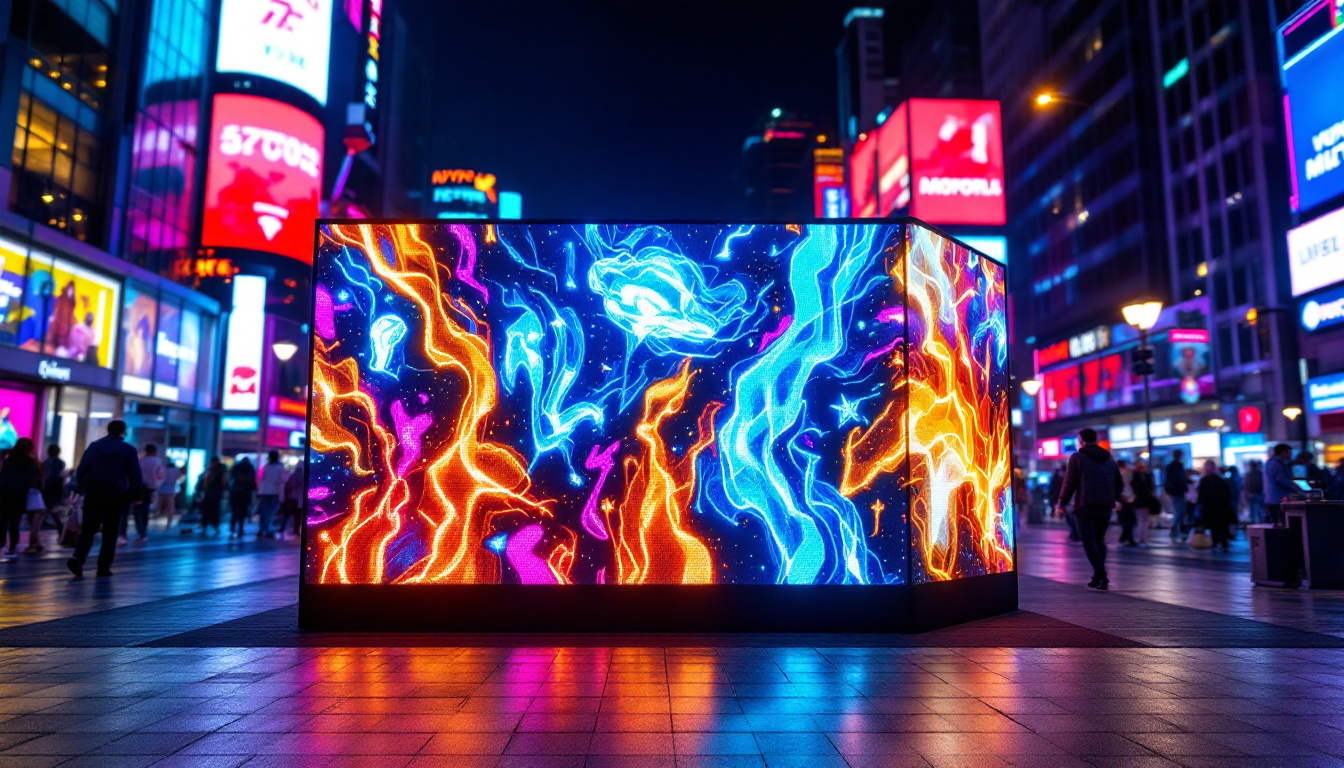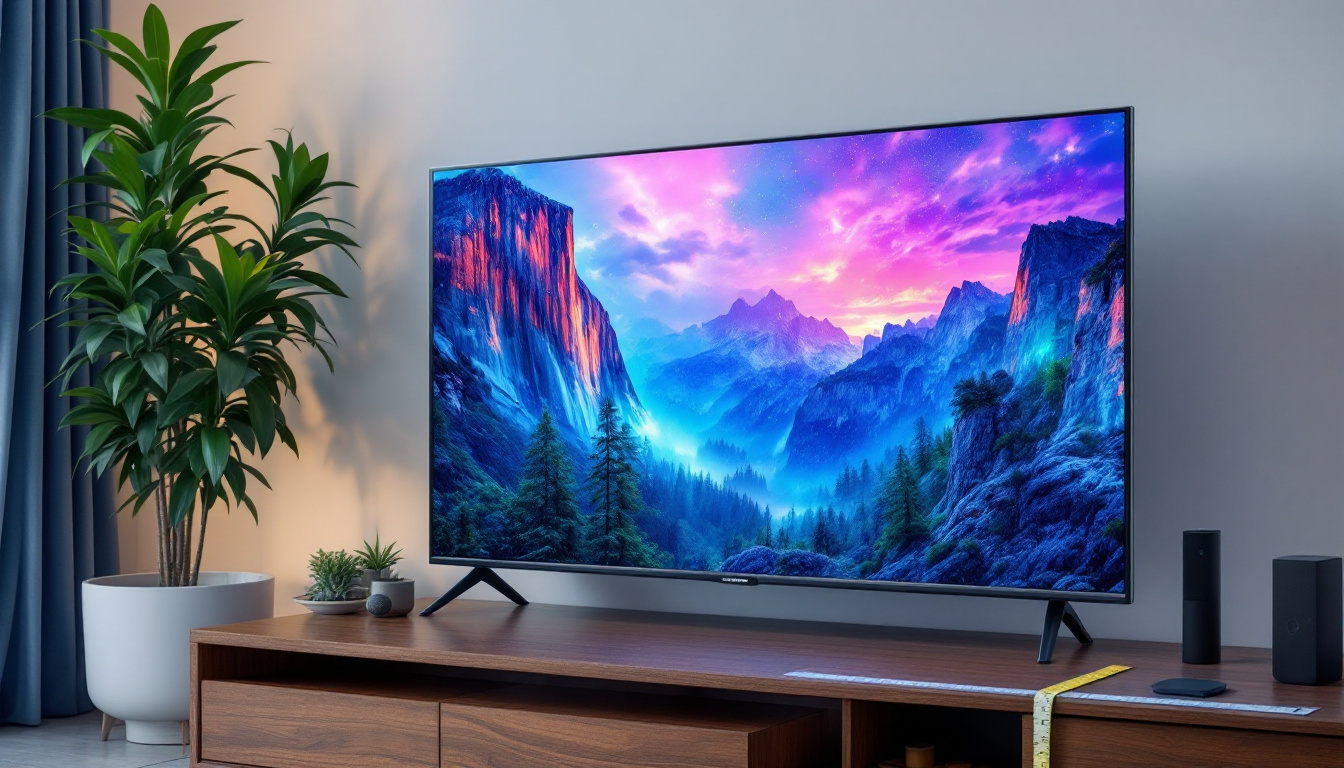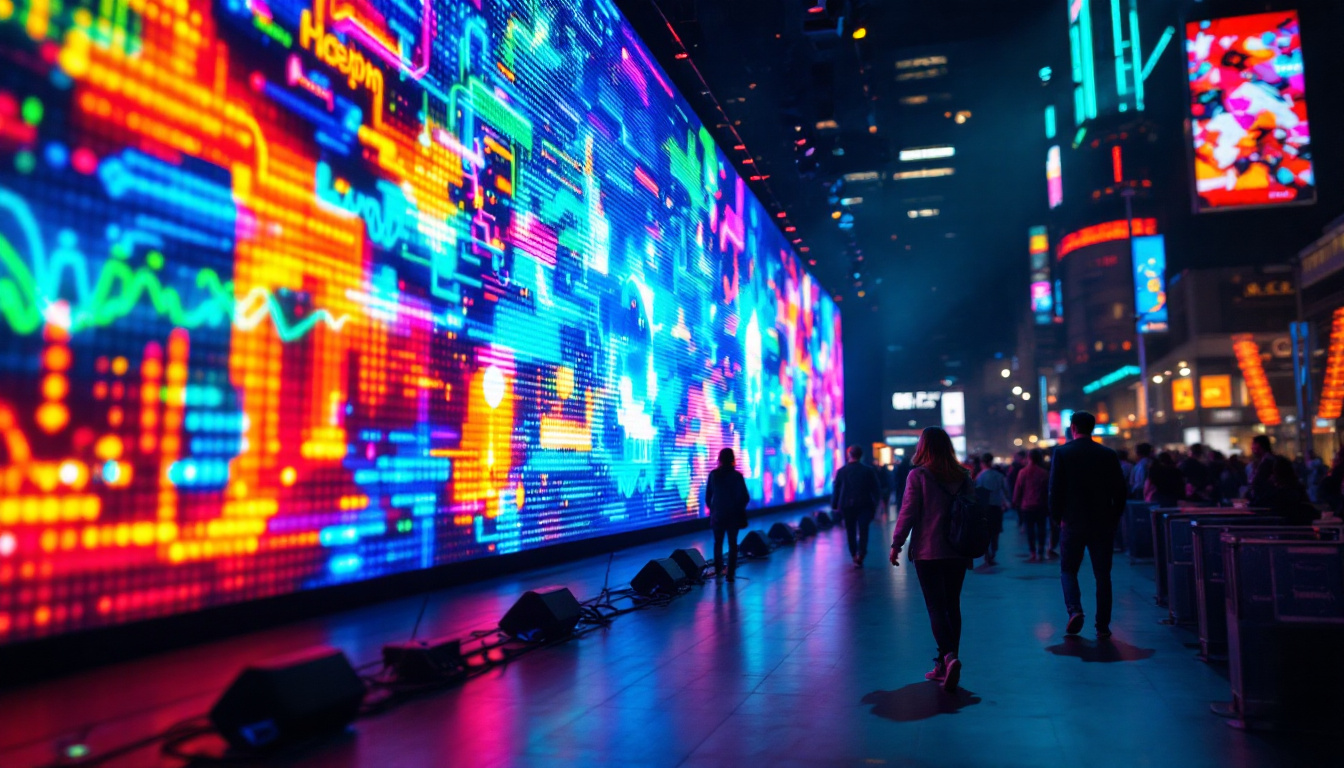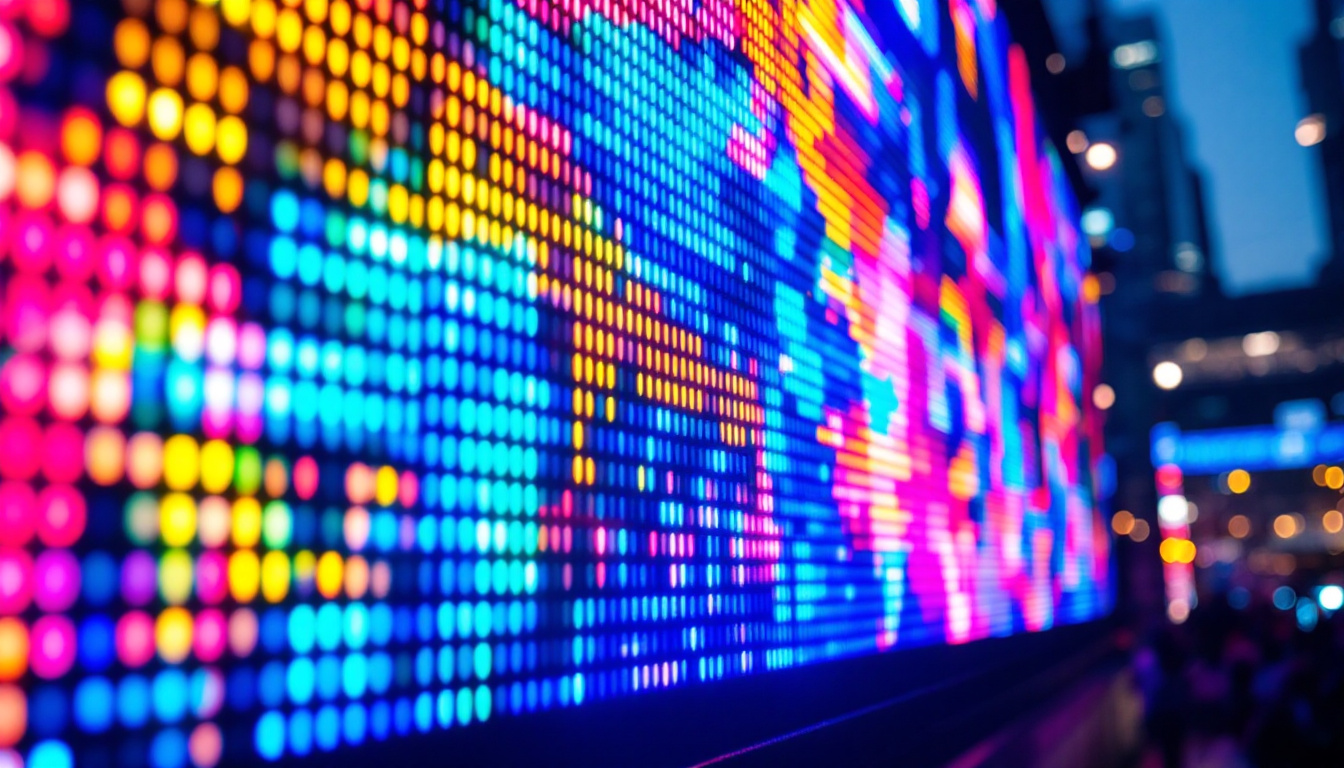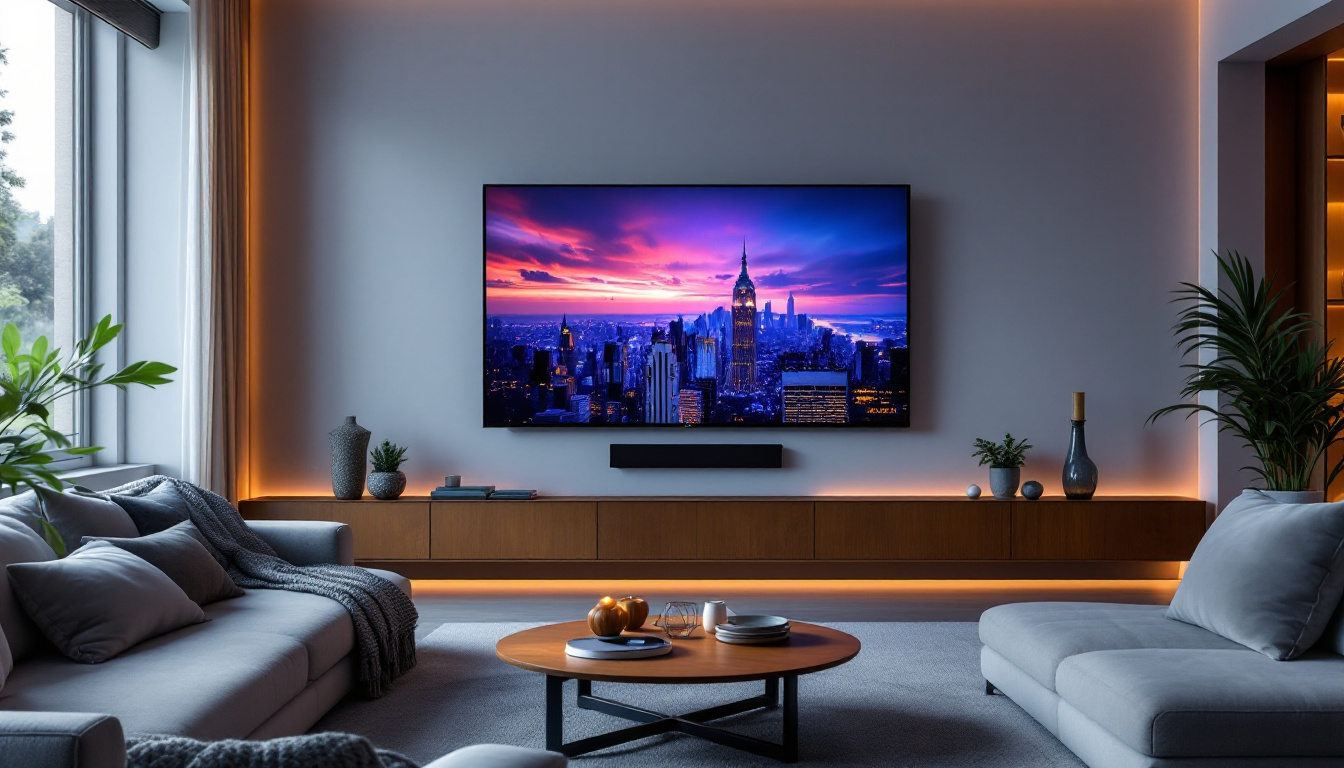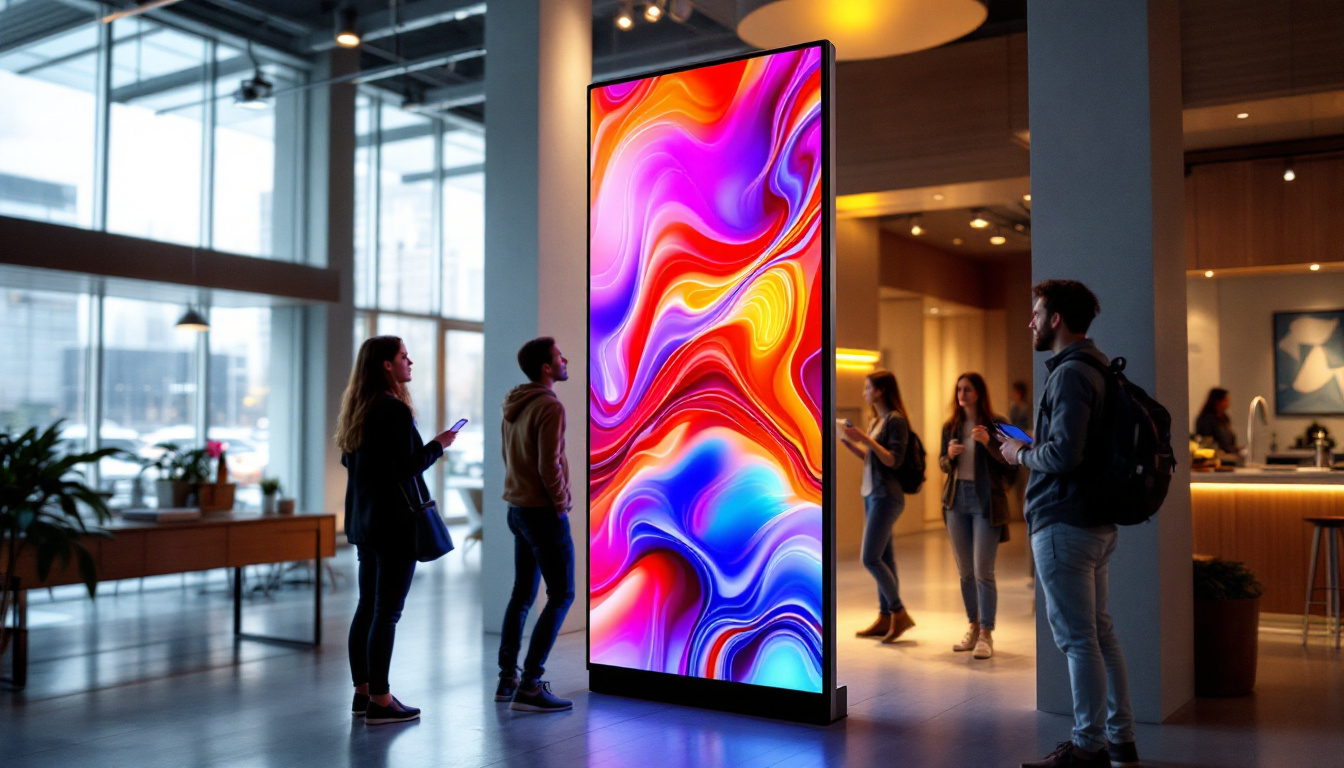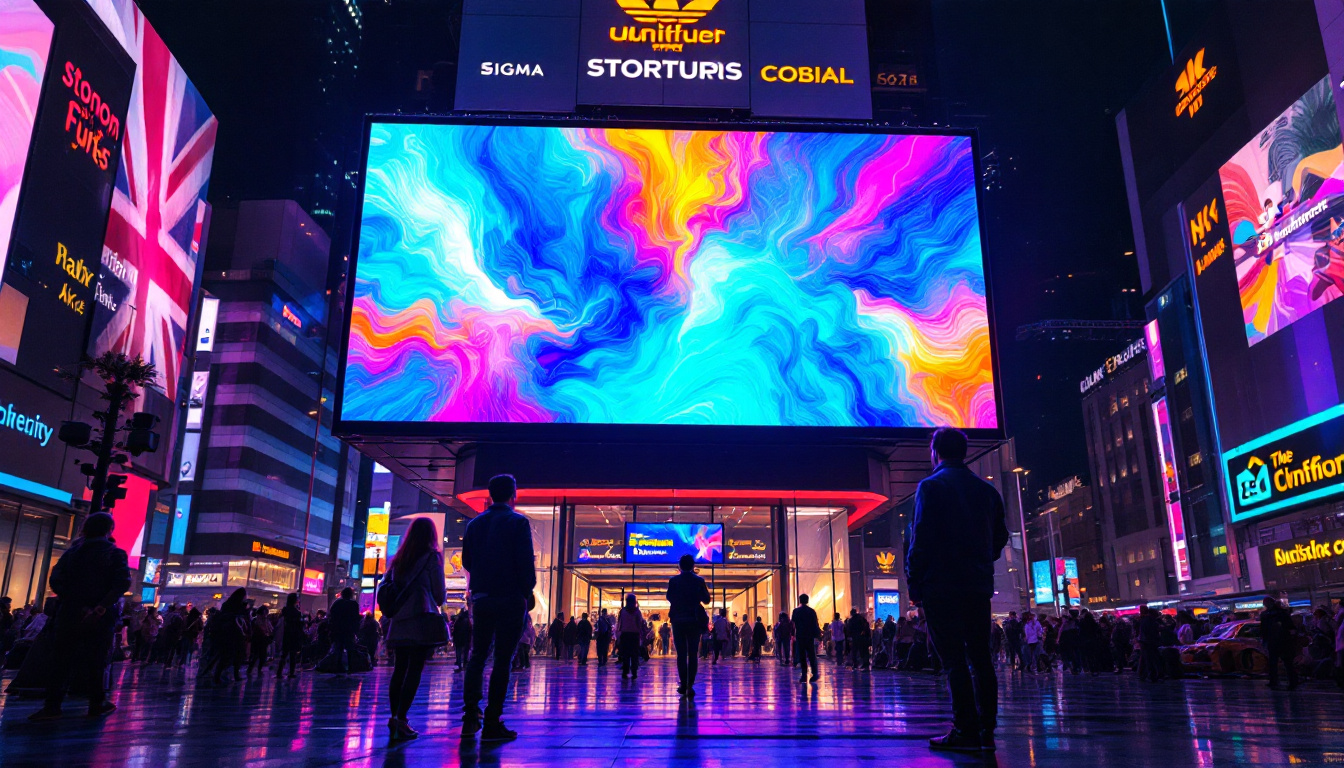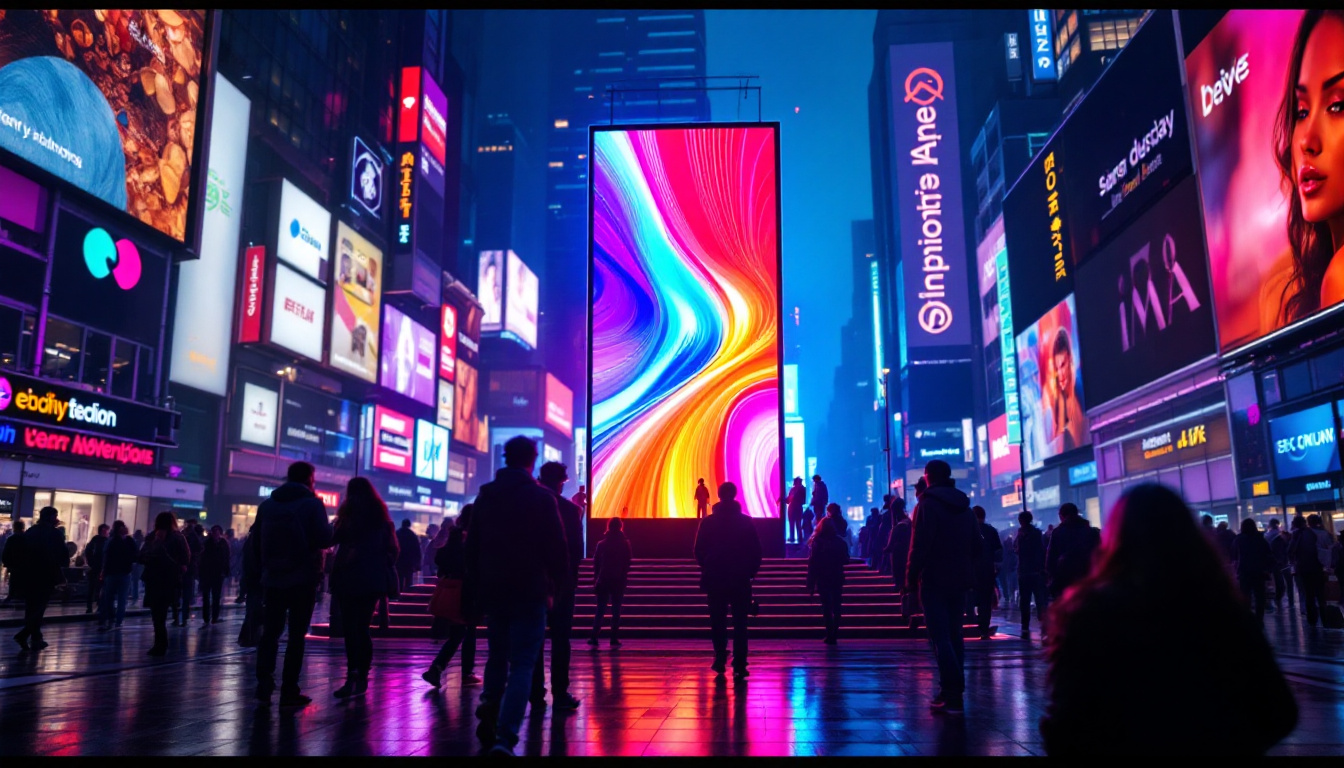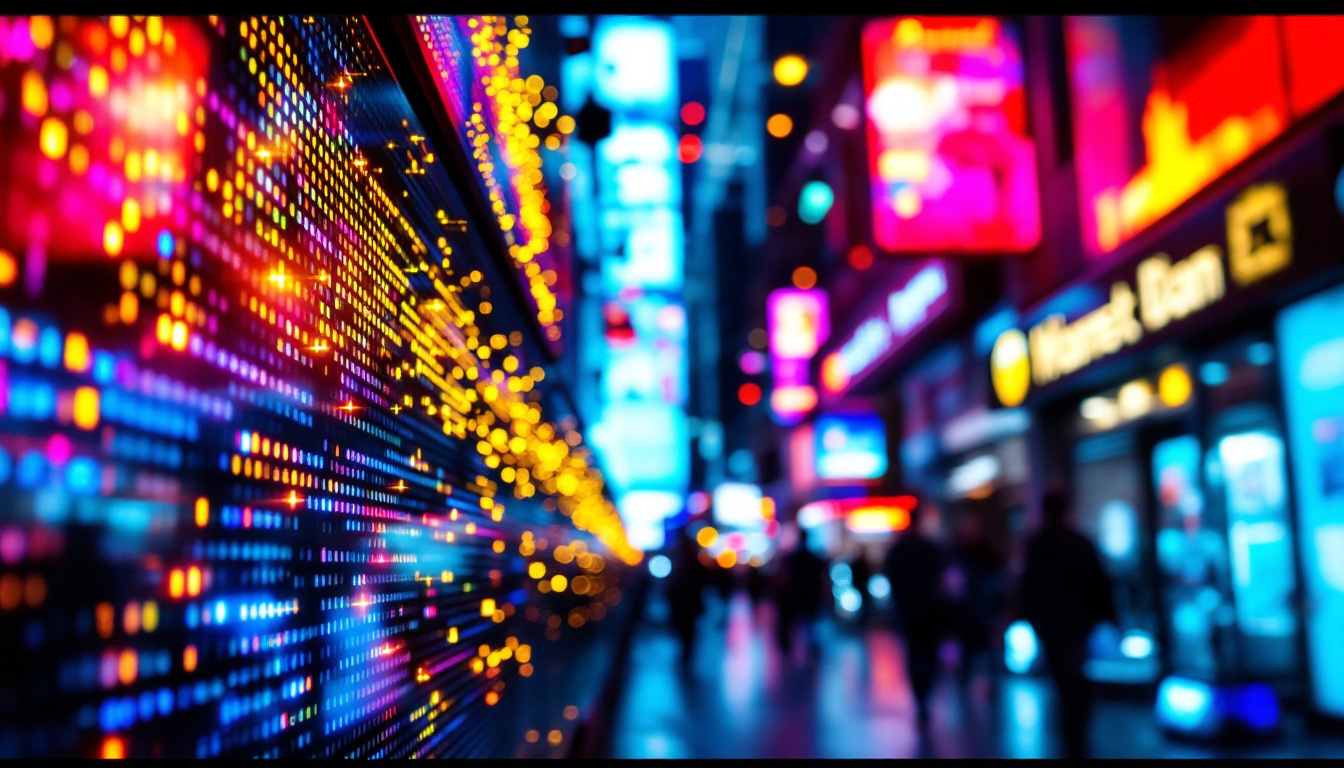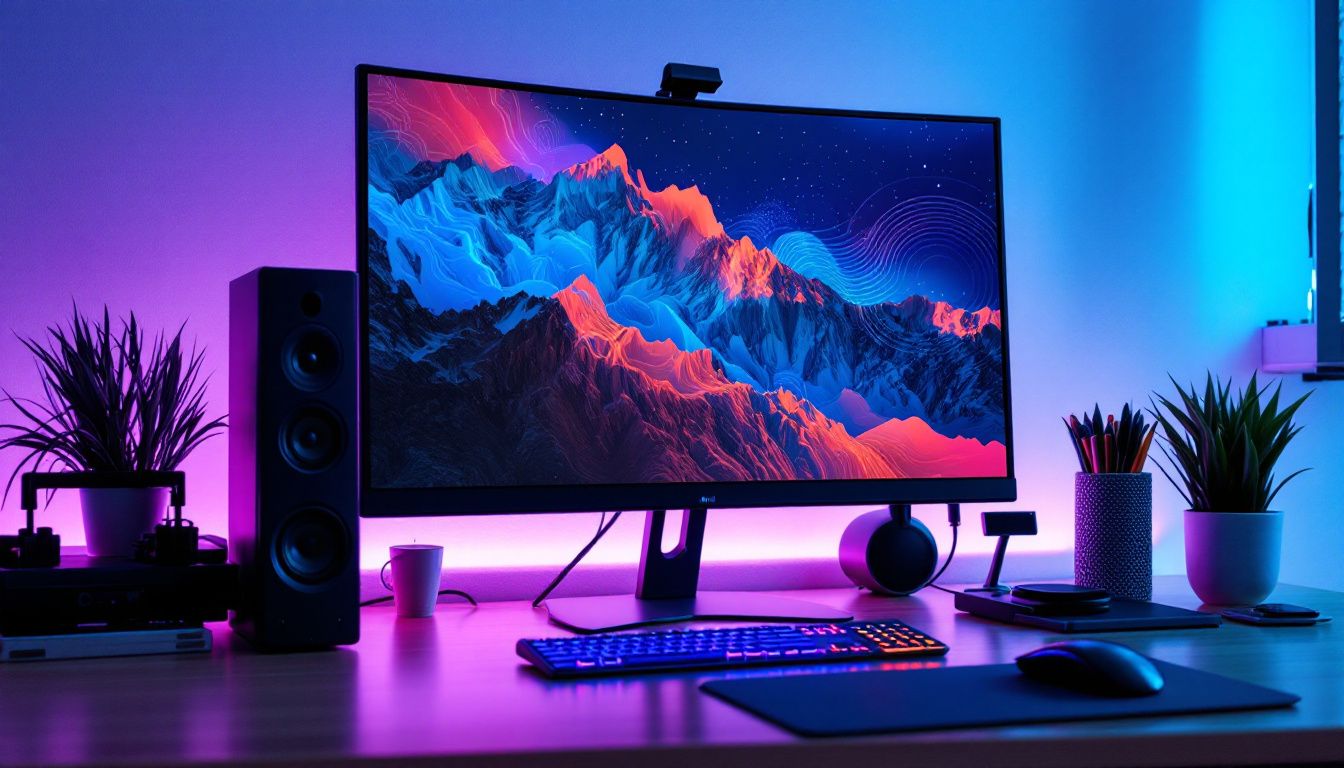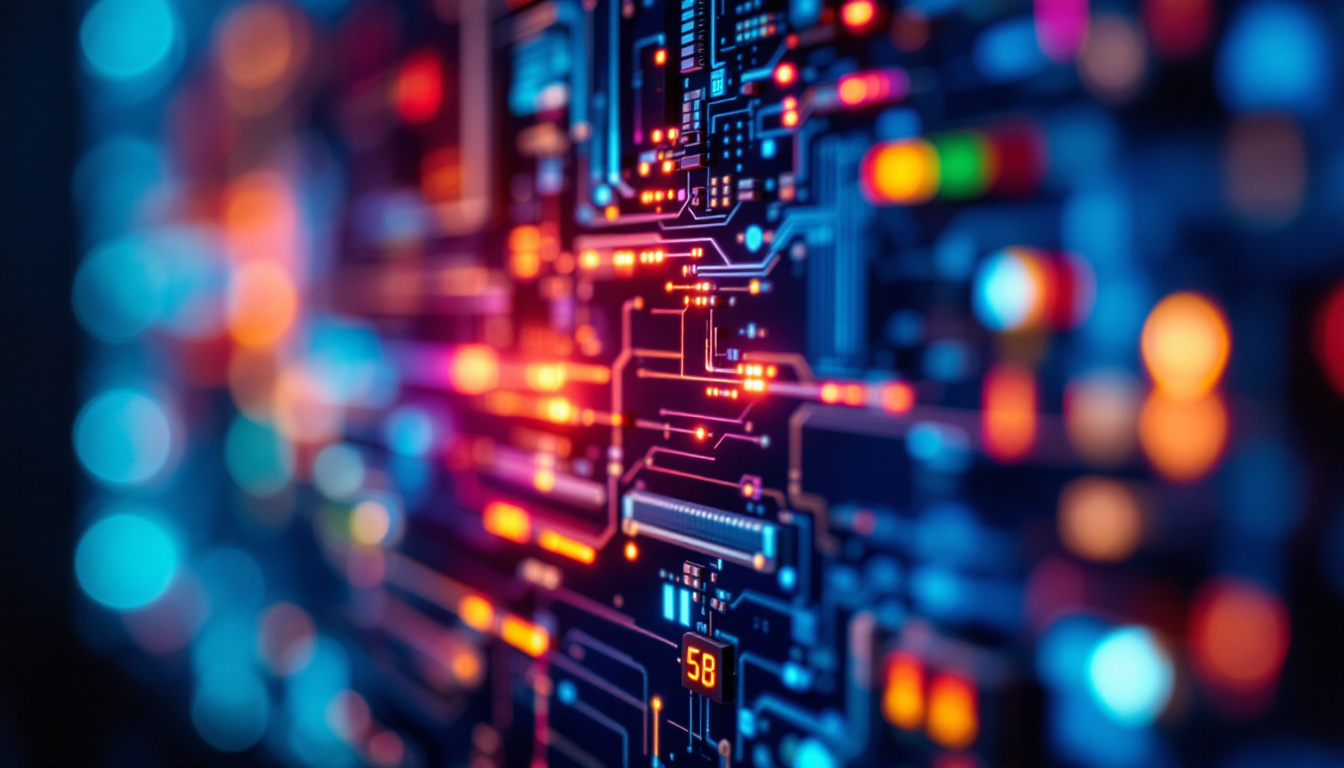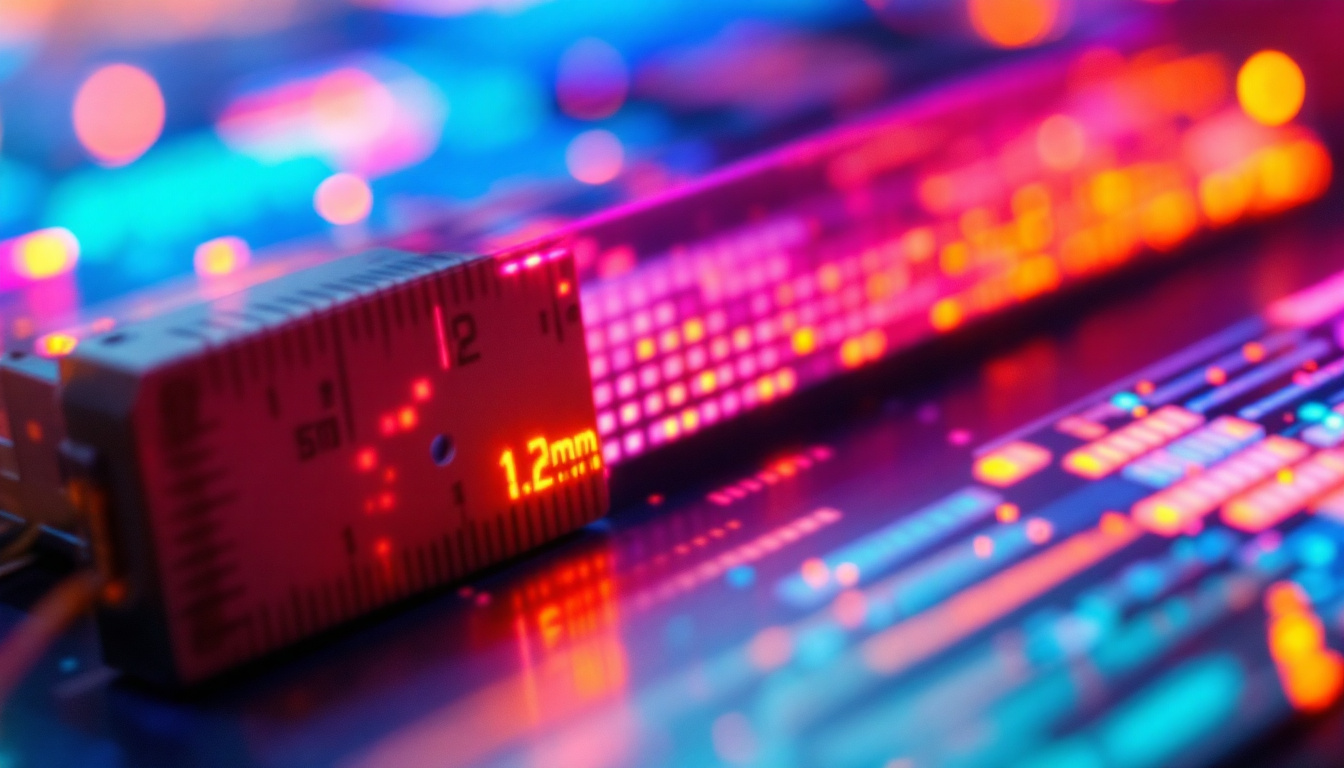What Are LCD Screens: LED Display Explained
In the realm of modern technology, displays have become an integral part of our daily lives. From smartphones to televisions, the screens we interact with are primarily based on two technologies: LCD (Liquid Crystal Display) and LED (Light Emitting Diode). While these terms are often used interchangeably, understanding the differences and functionalities of LCD screens and LED displays is essential for making informed choices. This article delves into the intricacies of LCD screens and the role of LED technology in enhancing display quality.
Understanding LCD Technology
Liquid Crystal Display (LCD) technology has revolutionized the way visuals are presented. It utilizes liquid crystals that modulate light to produce images. The fundamental components of an LCD screen include a backlight, liquid crystal layers, and polarizers. These elements work in harmony to create vivid images while maintaining energy efficiency.
The Components of LCD Screens
At the core of LCD technology are several key components. The backlight, typically made of fluorescent or LED lights, provides the necessary illumination for the screen. The liquid crystals themselves are sandwiched between two layers of glass or plastic, which are treated to allow light to pass through selectively. Polarizers are applied to control the light’s orientation, ensuring that only the desired wavelengths reach the viewer’s eyes.
Moreover, the arrangement of pixels plays a crucial role in the display’s resolution and clarity. Each pixel consists of sub-pixels in red, green, and blue (RGB), which combine to create the full spectrum of colors. This pixel structure is what enables LCD screens to produce sharp and detailed images. The advancements in pixel density have led to the development of high-definition (HD) and ultra-high-definition (UHD) displays, which provide an immersive viewing experience with incredible detail and color accuracy.
How LCD Screens Work
When an electrical current is applied to the liquid crystals, they align in such a way that they either block or allow light to pass through. This manipulation of light creates images on the screen. The backlight shines through the liquid crystals, and depending on their alignment, different colors and intensities are produced.
One of the significant advantages of LCD technology is its ability to maintain a thin profile, making it ideal for a wide range of applications, from mobile devices to large televisions. Additionally, LCD screens consume less power compared to older technologies, such as cathode ray tubes (CRTs), making them more energy-efficient. The lightweight nature of LCDs also contributes to their popularity in portable devices, allowing manufacturers to design sleek and modern gadgets that are easy to carry and use on the go. Furthermore, the durability of LCD screens, which are less prone to burn-in compared to other display technologies like OLED, makes them a preferred choice for various applications, from computer monitors to digital signage.
LED Technology: A Closer Look
While LCD technology has its strengths, the introduction of LED technology has further enhanced display quality. LED displays are essentially a type of LCD that uses LEDs for backlighting instead of traditional fluorescent lights. This shift has led to improved brightness, contrast, and color accuracy.
Types of LED Backlighting
There are primarily two types of LED backlighting used in LCD screens: edge-lit and full-array. Edge-lit LED displays have LEDs positioned along the edges of the screen, allowing for a thinner design. However, this configuration can result in uneven lighting and reduced contrast in certain areas of the screen.
On the other hand, full-array LED backlighting features a grid of LEDs behind the entire screen. This setup enables better control over local dimming, which enhances contrast ratios and produces deeper blacks. Full-array LED displays are often considered superior due to their ability to deliver more uniform brightness and improved overall image quality.
Benefits of LED Displays
LED displays offer several advantages over traditional LCD screens. One of the most notable benefits is their superior brightness levels. LED technology allows for brighter screens, making them more suitable for viewing in well-lit environments. This characteristic is particularly important for televisions and monitors used in bright rooms.
Additionally, LED displays provide better energy efficiency. They consume less power compared to traditional LCDs with fluorescent backlighting, which translates to lower electricity bills and a reduced environmental impact. Furthermore, LED technology contributes to a longer lifespan for the display, making it a more durable option.
Another significant advantage of LED displays is their ability to produce a wider color gamut. This means that they can display a broader range of colors, resulting in more vibrant and lifelike images. This feature is especially beneficial for photographers, graphic designers, and anyone who relies on accurate color representation for their work. Furthermore, advancements in LED technology, such as Quantum Dot and Mini-LED, have pushed the boundaries even further, allowing for even more precise color reproduction and enhanced visual experiences.
Moreover, LED displays are increasingly being integrated with smart technology. Many modern LED TVs and monitors come equipped with smart features that allow users to stream content directly from the internet, access apps, and even control their devices through voice commands. This convergence of display technology with smart capabilities not only enhances user convenience but also opens up a world of entertainment options, making LED displays a central hub for home media consumption.
Comparing LCD and LED Displays
When comparing LCD and LED displays, it is essential to recognize that LED is not a separate display technology but rather an enhancement of LCD technology. This section will explore the key differences and similarities between the two.
Image Quality
Image quality is one of the most critical factors when evaluating display technologies. LED displays generally offer better image quality than traditional LCDs due to their superior brightness and contrast capabilities. The ability to achieve deeper blacks and more vibrant colors makes LED displays more appealing for various applications, including gaming, movies, and graphic design.
However, not all LED displays are created equal. The quality of the panel, the type of backlighting used, and the calibration of the screen all contribute to the overall image quality. High-end LED displays, such as those utilizing OLED (Organic Light Emitting Diode) technology, can achieve even greater levels of contrast and color accuracy.
Cost Considerations
Cost is often a deciding factor for consumers when choosing between LCD and LED displays. Generally, LED displays tend to be more expensive than their traditional LCD counterparts. The advanced technology and manufacturing processes involved in creating LED displays contribute to this price difference.
However, as technology continues to evolve, the price gap is gradually narrowing. Consumers may find that investing in an LED display is worthwhile due to the long-term benefits, including energy savings and improved performance.
Applications of LCD and LED Displays
Both LCD and LED displays have a wide range of applications across various industries. Understanding where each technology excels can help consumers and businesses make informed decisions.
Consumer Electronics
In the consumer electronics sector, LCD and LED displays are ubiquitous. Smartphones, tablets, and laptops predominantly utilize LCD technology, often enhanced with LED backlighting for improved performance. Televisions have also shifted towards LED displays, with many models now featuring 4K resolution and smart capabilities.
For gaming enthusiasts, LED displays are particularly popular due to their fast response times and high refresh rates. These characteristics provide a smoother gaming experience, making them the preferred choice for competitive gamers.
Commercial Use
In commercial settings, LCD and LED displays are widely used for advertising, information dissemination, and presentations. Digital signage, which often employs LED technology, is becoming increasingly popular in retail environments, airports, and public spaces. The ability to display dynamic content in vibrant colors attracts attention and engages audiences effectively.
Moreover, in corporate environments, LCD screens are commonly used for conference room displays and video conferencing setups. Their crisp image quality and energy efficiency make them ideal for professional settings.
Future Trends in Display Technology
The display technology landscape is continually evolving, with advancements aimed at improving image quality, energy efficiency, and user experience. Several trends are shaping the future of LCD and LED displays.
Mini-LED and Micro-LED Technologies
Mini-LED and Micro-LED technologies are emerging as game-changers in the display industry. Mini-LED uses smaller LEDs for backlighting, allowing for more precise control over brightness and contrast. This innovation results in enhanced HDR (High Dynamic Range) performance and improved color accuracy.
Micro-LED technology takes it a step further by utilizing individual micro-sized LEDs for each pixel. This approach eliminates the need for backlighting altogether, resulting in displays that offer true blacks, vibrant colors, and exceptional energy efficiency. As these technologies mature, they are expected to redefine the standards for display quality.
Flexible and Foldable Displays
Another exciting trend is the development of flexible and foldable displays. These innovative screens can bend and curve, enabling new form factors for devices. Smartphones with foldable screens are already on the market, and this technology is expected to expand into tablets and laptops, offering users unprecedented versatility.
Flexible displays also open up possibilities for new applications in industries such as automotive, where curved screens can enhance user interfaces and aesthetics.
Conclusion
In summary, LCD screens and LED displays are fundamental technologies that have transformed the way we experience visual content. Understanding the differences between these technologies is crucial for consumers and businesses alike. While LCD technology provides a solid foundation for display performance, LED advancements have significantly improved brightness, contrast, and energy efficiency.
As technology continues to evolve, the future of displays looks promising, with innovations such as Mini-LED, Micro-LED, and flexible screens on the horizon. Whether for personal use or commercial applications, staying informed about these developments will ensure that users can make the best choices for their display needs.
Ultimately, the choice between LCD and LED displays will depend on individual preferences, budget considerations, and specific use cases. As the market continues to grow and diversify, consumers can look forward to even more exciting advancements in display technology.
Discover Cutting-Edge LED Displays with LumenMatrix
As you consider the advancements and future of display technology, LumenMatrix stands at the forefront, ready to illuminate your world with our comprehensive range of LED display solutions. From captivating Indoor and Outdoor LED Wall Displays to dynamic Vehicle and Sports LED Displays, our mission is to revolutionize visual communication. Whether you’re looking to enhance brand visibility, create immersive environments with Floor and Custom LED Displays, or streamline your message with our All-in-One and Transparent LED options, LumenMatrix is your partner in creating visual experiences that resonate. Check out LumenMatrix LED Display Solutions today and see how we can empower your business to shine brighter.





